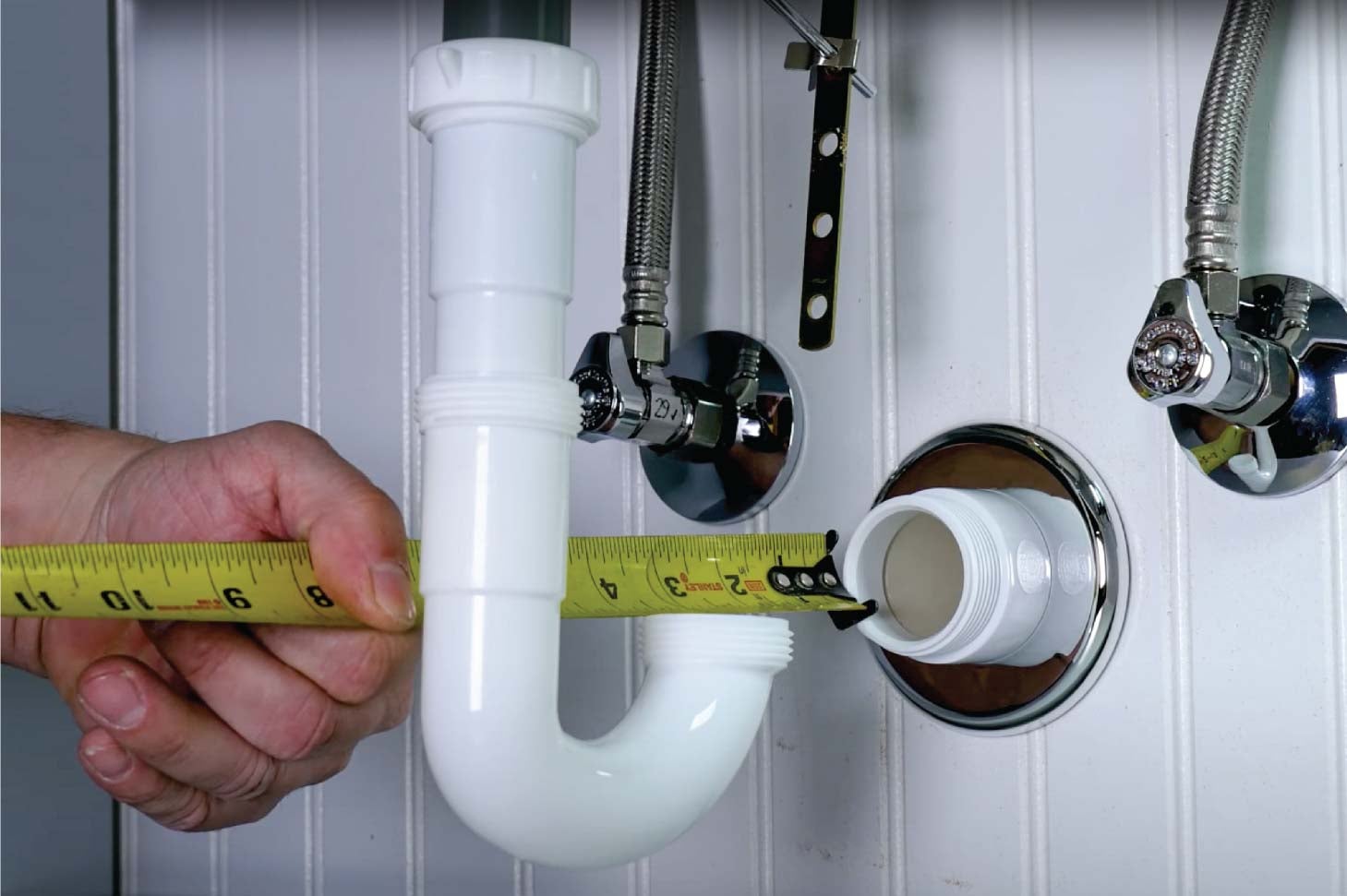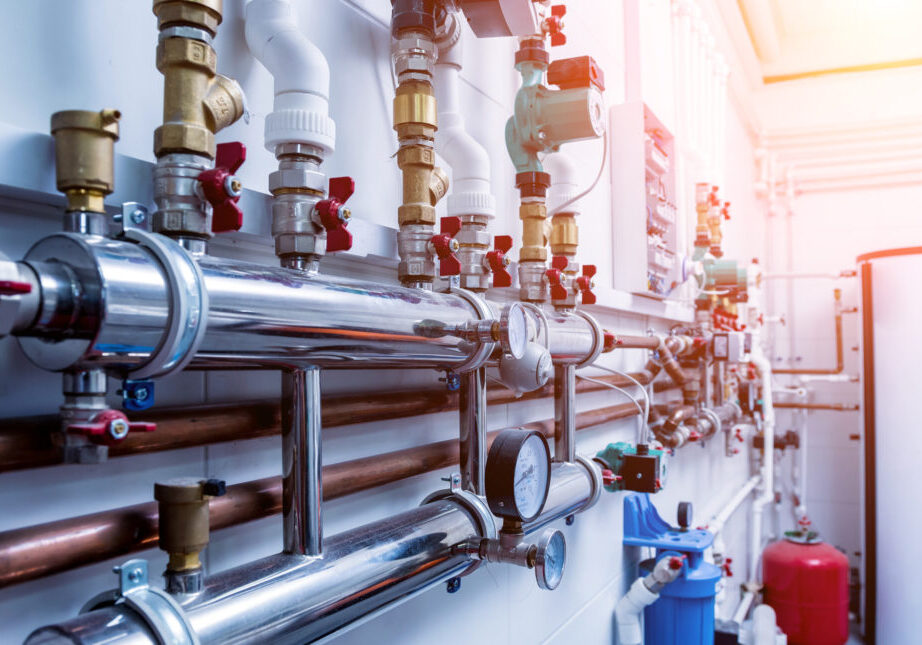Everything You Need to Know to Your Home's Plumbing System Anatomy
Everything You Need to Know to Your Home's Plumbing System Anatomy
Blog Article
What're your insights and beliefs on Exploring Your Homes Plumbing Anatomy?

Comprehending just how your home's pipes system works is necessary for each property owner. From delivering tidy water for drinking, food preparation, and bathing to securely getting rid of wastewater, a properly maintained plumbing system is crucial for your family members's health and comfort. In this thorough guide, we'll discover the complex network that makes up your home's plumbing and deal tips on maintenance, upgrades, and dealing with typical concerns.
Intro
Your home's pipes system is greater than simply a network of pipes; it's a complicated system that ensures you have accessibility to clean water and efficient wastewater removal. Recognizing its components and how they interact can help you stop costly repairs and make sure whatever runs smoothly.
Basic Parts of a Pipes System
Pipes and Tubes
At the heart of your plumbing system are the pipes and tubes that bring water throughout your home. These can be made of various products such as copper, PVC, or PEX, each with its advantages in terms of toughness and cost-effectiveness.
Fixtures: Sinks, Toilets, Showers, and so on.
Fixtures like sinks, commodes, showers, and bath tubs are where water is used in your house. Recognizing how these components attach to the plumbing system aids in identifying problems and planning upgrades.
Valves and Shut-off Points
Valves control the flow of water in your pipes system. Shut-off valves are critical throughout emergency situations or when you need to make fixings, enabling you to isolate parts of the system without interrupting water flow to the entire home.
Water System
Key Water Line
The main water line attaches your home to the metropolitan water or an exclusive well. It's where water enters your home and is dispersed to different fixtures.
Water Meter and Pressure Regulator
The water meter steps your water use, while a pressure regulatory authority makes certain that water moves at a risk-free pressure throughout your home's plumbing system, preventing damages to pipelines and components.
Cold Water vs. Warm water Lines
Comprehending the distinction between cold water lines, which provide water straight from the primary, and warm water lines, which lug heated water from the water heater, helps in repairing and planning for upgrades.
Drainage System
Drain Pipes Pipeline and Traps
Drain pipes lug wastewater away from sinks, showers, and toilets to the sewage system or sewage-disposal tank. Traps stop drain gases from entering your home and likewise catch particles that can trigger obstructions.
Ventilation Pipes
Ventilation pipes allow air into the drain system, protecting against suction that could slow water drainage and trigger catches to empty. Correct ventilation is essential for keeping the integrity of your pipes system.
Significance of Correct Drain
Making sure correct drain prevents backups and water damages. Frequently cleaning up drains pipes and preserving traps can prevent pricey repair work and expand the life of your plumbing system.
Water Heating Unit
Kinds Of Hot Water Heater
Water heaters can be tankless or conventional tank-style. Tankless heating units heat water on demand, while containers store heated water for prompt use.
Updating Your Plumbing System
Factors for Upgrading
Updating to water-efficient fixtures or changing old pipes can improve water top quality, decrease water expenses, and raise the value of your home.
Modern Plumbing Technologies and Their Benefits
Discover modern technologies like clever leak detectors, water-saving commodes, and energy-efficient water heaters that can save money and minimize ecological impact.
Expense Factors To Consider and ROI
Calculate the in advance expenses versus lasting savings when thinking about pipes upgrades. Many upgrades spend for themselves via reduced energy bills and less repairs.
How Water Heaters Link to the Pipes System
Understanding just how water heaters connect to both the cold water supply and hot water distribution lines assists in identifying concerns like insufficient hot water or leakages.
Upkeep Tips for Water Heaters
Routinely flushing your hot water heater to eliminate debris, examining the temperature level setups, and evaluating for leakages can expand its life-span and boost energy effectiveness.
Common Plumbing Issues
Leakages and Their Reasons
Leaks can happen as a result of maturing pipelines, loosened fittings, or high water pressure. Attending to leakages immediately stops water damages and mold and mildew development.
Obstructions and Clogs
Clogs in drains pipes and bathrooms are frequently caused by purging non-flushable products or an accumulation of oil and hair. Using drainpipe displays and being mindful of what decreases your drains can stop obstructions.
Signs of Plumbing Troubles to Look For
Low tide stress, slow-moving drains, foul odors, or uncommonly high water bills are signs of potential pipes problems that should be resolved immediately.
Pipes Maintenance Tips
Regular Inspections and Checks
Arrange yearly plumbing inspections to capture issues early. Try to find signs of leakages, corrosion, or mineral buildup in faucets and showerheads.
DIY Maintenance Tasks
Simple tasks like cleansing tap aerators, looking for bathroom leakages making use of color tablet computers, or shielding exposed pipes in cool climates can prevent significant plumbing issues.
When to Call a Specialist Plumbing Technician
Know when a plumbing concern requires specialist know-how. Trying complicated repair services without proper expertise can result in even more damage and higher fixing prices.
Tips for Decreasing Water Use
Easy routines like fixing leaks without delay, taking shorter showers, and running complete tons of washing and dishes can preserve water and lower your energy expenses.
Eco-Friendly Pipes Options
Consider sustainable pipes products like bamboo for flooring, which is durable and green, or recycled glass for countertops.
Emergency situation Readiness
Actions to Take Throughout a Pipes Emergency
Know where your shut-off valves lie and exactly how to turn off the supply of water in case of a burst pipeline or major leakage.
Value of Having Emergency Situation Get In Touches With Handy
Maintain contact info for neighborhood plumbers or emergency situation solutions easily offered for fast action during a plumbing crisis.
Environmental Influence and Conservation
Water-Saving Fixtures and Home Appliances
Mounting low-flow taps, showerheads, and toilets can significantly lower water use without sacrificing efficiency.
Do It Yourself Emergency Situation Fixes (When Applicable).
Short-term fixes like utilizing duct tape to patch a dripping pipeline or putting a pail under a trickling tap can decrease damages until an expert plumber arrives.
Conclusion.
Understanding the anatomy of your home's pipes system encourages you to maintain it properly, saving time and money on repair work. By adhering to normal upkeep regimens and remaining notified regarding contemporary plumbing technologies, you can ensure your plumbing system runs successfully for years ahead.
HOW YOUR PLUMBING SYSTEM WORKS
Which Pipes Do What?
Blue lines = fresh water supply entering the building Red lines = hot water supply entering the building Grey lines = pipes carrying waste away from the building and venting pipes carrying gases away from the building (through the roof) YOUR MAIN PLUMBING SYSTEMS
There are two main plumbing systems that support your home s basic plumbing needs one that brings clean water into your home, and one that sends dirty water away from your home. Connected to the toilet, bath, shower, and other faucets in your home, these two systems keep your water flowing in the right directions.
ACCESSING FRESH WATER
Fresh and clean water is brought into your home through the main water supply line . Filtered through one pipe, this water is pressured to flow into the various fixtures in your home at any given time.
This water can be sourced from a well located on your property, a pond or river (mostly cottages), or, as in most cases, from the city s municipal water treatment centre. However, it is important to note that water that is untreated, such as the water siphoned from ponds or rivers, may not be safe to drink. Personal water supplies always need to be treated for hardness and contaminants before consumed.
MUNICIPAL WATER SUPPLIES
Improve taste and odour Remove sediment Eliminate hardness Reduce chlorine COLD WATER SUPPLY VS. HOT WATER SUPPLY
Cold water flows into your home or building through the service line, which then distributes hot or cold water to your fixtures. This line is most commonly run through a central column that runs floor to floor. Hot water runs in short and straight pipes as the longer the pipeline, the more heat that will be lost in the transfer. Having shorter pipes also allows residents to access hot water more quickly.
WASTE WATER SYSTEM
Your wastewater system is divided into two parts pipes that send wastewater away from your home and venting pipes that send sewer gas away from your home. Sewage water travels through pipes that flush the water and waste towards local sewers that are operated and managed by your city or town. Most sewer systems rely on gravity to move the wastewater to where it needs to go.
The further away from your toilet or sink, the larger wastewater pipes become. This allows for waste to be disposed of from various parts of your home or business at once without pipe blockages. The angle and flow of these pipes are also essential for keeping your waste pipes clear of build up.
https://harrisplumbing.ca/how-your-home-plumbing-system-works/

I was made aware of that report about The Inner Workings of Your Home's Plumbing through a friend on another website. Are you aware of somebody who is in the market for the topic? Feel free to share it. Thanks a bunch for being here. Don't hesitate to visit our blog back soon.
Call Today Report this page